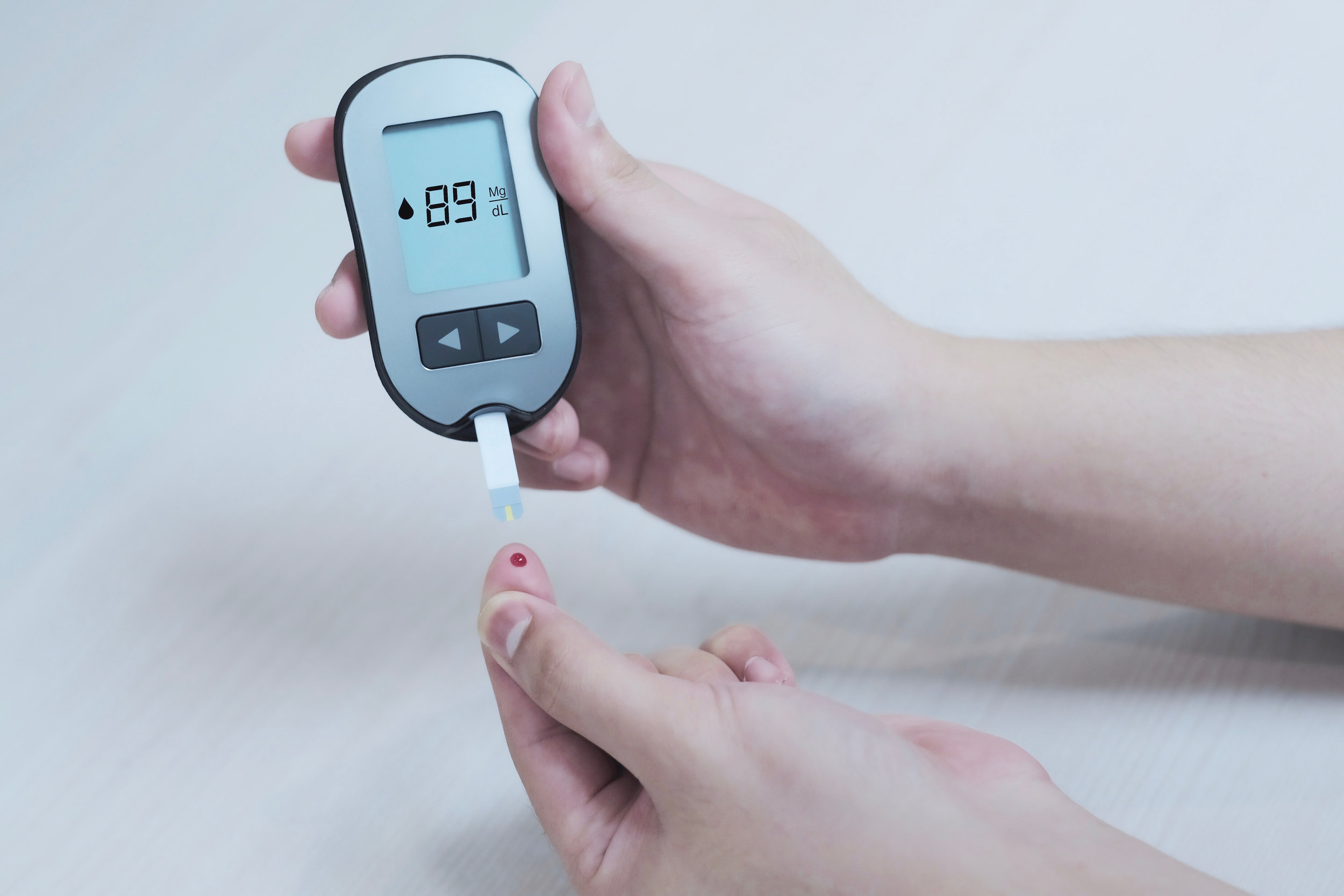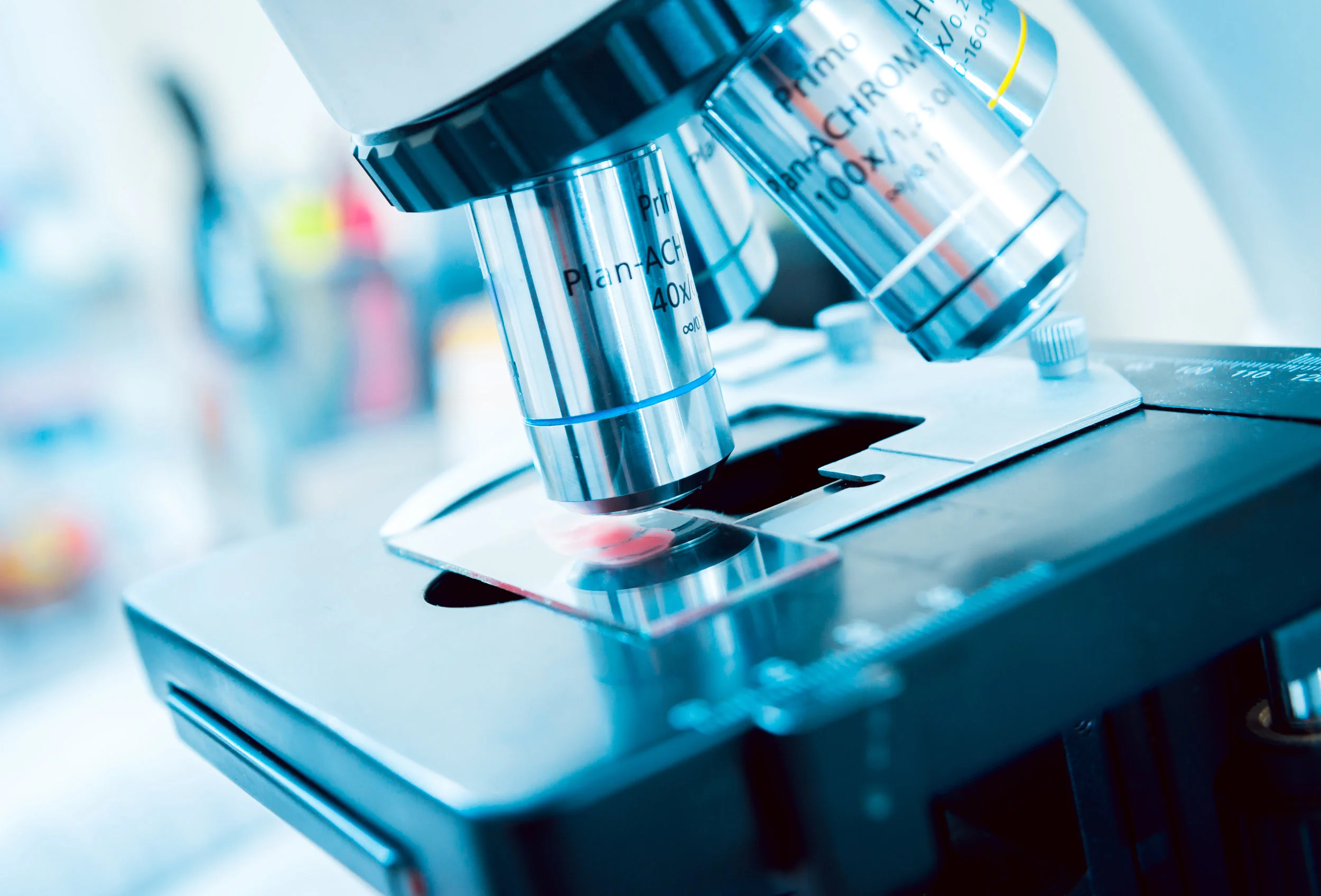Nanomachines could fight the war on diabetes

Anti-diabetic drugs may become cheaper and more accessible thanks to a breakthrough from CSIRO, Australia's national science agency.
Scientists from CSIRO's Synthetic Biology Future Science Platform have used advanced biological and chemical engineering to create a simpler, cleaner, and more cost-effective process for manufacturing the anti-diabetic drug D-fagomine.
Type 2 diabetes is one of the greatest global health challenges of the 21st century, with more than 350 million people living with the condition.
It occurs as a consequence of the hormone insulin not being produced in sufficient quantities to convert glucose from food into energy. When this process is disrupted, blood glucose can rise to levels where poor health outcomes can follow.
D-fagomine is a chemical compound that can do this job in insulin's place by lowering blood glucose levels.
Project lead Dr. Colin Scott and his team used a series of enzymes to convert the cheap and abundant chemical glycerol into D-fagomine.
"We've modified naturally occurring enzymes, so that they can be used as 'nanomachines' in assembly lines that assemble molecules," said Dr. Scott.
"Enzymes are nature's nanotechnology—biological molecules found in every living cell that are responsible for the chemical reactions we rely on to survive."
The successful process was achieved by assembling a series of enzymes, each one doing just one chemical conversion, and passing the product onto the next enzyme in series.
The enzymes were arranged in compartments, with each compartment containing enzymes for one chemical step. The compartments were then assembled in the correct sequence to convert glycerol, a readily available and cheap chemical, into D-fagomine
The new process is cleaner and quicker than current methods of producing D-fagomine, and Dr. Scott and his team expect that once trialled commercially it could reduce the cost of producing anti-diabetic drugs.
Now the design principles for these nanomachines is understood, new nanomachines and molecular assembly lines can be built—potentially opening the door for improvements in other technologies reliant on chemical reactions, such as the production of other drugs, biodegradable plastics and biofuels and fuel additives.
The team are now looking for industry partners to begin commercial trials of the production process.





